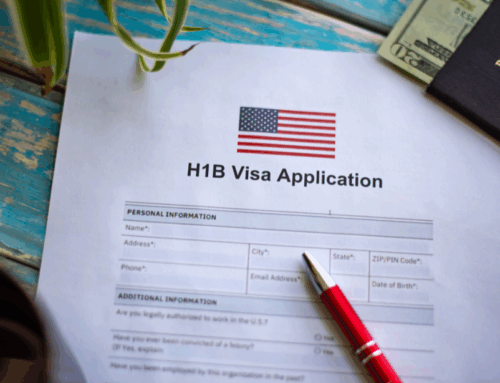Originally published on Agglomerations, the Substack newsletter from the Economic Innovation Group.
By Connor O’Brien
The last two weeks have yielded a series of blows to the United States’ ability to attract and retain top talent from abroad.
Joseph Edlow, the President’s nominee to lead the United States Customs and Immigration Services (USCIS), told Congress last week that he would end the Optional Practical Training (OPT) program, which allows recent graduates on F-1 visas to work in the U.S. after finishing their studies. Nearly 250,000 recent graduates are currently working on OPT, all of whom are now potentially at risk of being asked to leave the country.
Earlier this week, the Department of Homeland Security rescinded Harvard University’s ability to enroll international students entirely. This was followed by an announcement that the State Department would “aggressively revoke” visas for Chinese students, “including those with connections to the Chinese Communist Party or studying in critical fields,” in addition to revising visa criteria to “enhance scrutiny of all future visa applications from the People’s Republic of China and Hong Kong.”
Chinese-born graduates are a key source of technical talent for the United States; roughly 90 percent of Chinese STEM PhD graduates remain in the U.S. long-term. Economic espionage and intellectual property theft linked to the Chinese Communist Party are serious, ongoing concerns. But the best estimates find that the benefits of continued openness to top STEM talent from China dwarfs these costs, suggesting that more effective vetting is a better path forward.
Together, these moves to tighten restrictions on international students and high-skilled workers would worsen one of the biggest problems with America’s immigration system: we fail to keep most students we train.
Last June, we published estimates of international student retention, finding that a majority of international students who graduate from American universities ultimately leave the country. Today, using the latest data, we can update these estimates. As of 2023, only 37 percent of international graduates earning a bachelor’s, master’s, or doctoral degree between 2012 and 2021 remained in the United States. That includes fewer than 1 out of every 5 bachelor’s degree recipients.
Over time, this failure to retain international graduates adds up. Over the decade for which we have data, an estimated 1.4 million international students graduated from American universities but are no longer here.
As we outlined in our January report, Exceptional by Design, high-skilled immigration is an enormous economic and strategic asset to the United States. With well-designed policy, high-skilled immigration boosts innovation and business formation, reduces inequality, accelerates economic growth, and reduces the federal deficit. Our ability to attract and integrate top talent is a tool no rival or competitor has at their disposal. But it is also an advantage we can blow, if we so choose.
——————————————
Please visit this Github page if you’re interested in seeing the data used in this article.






